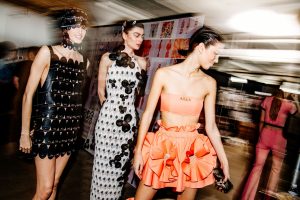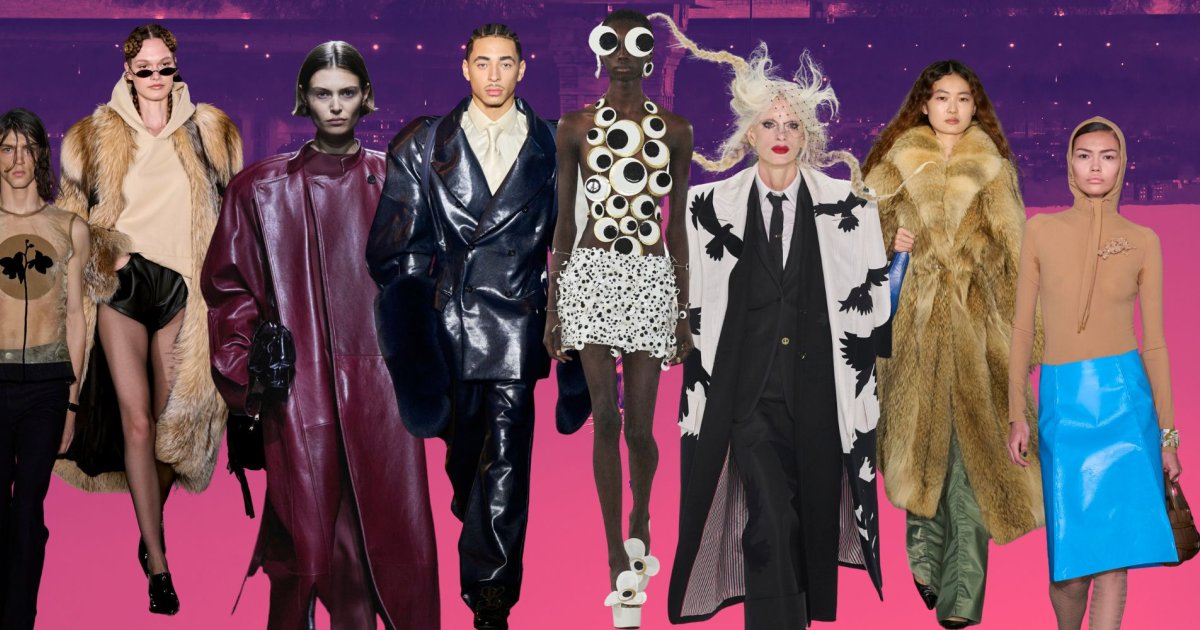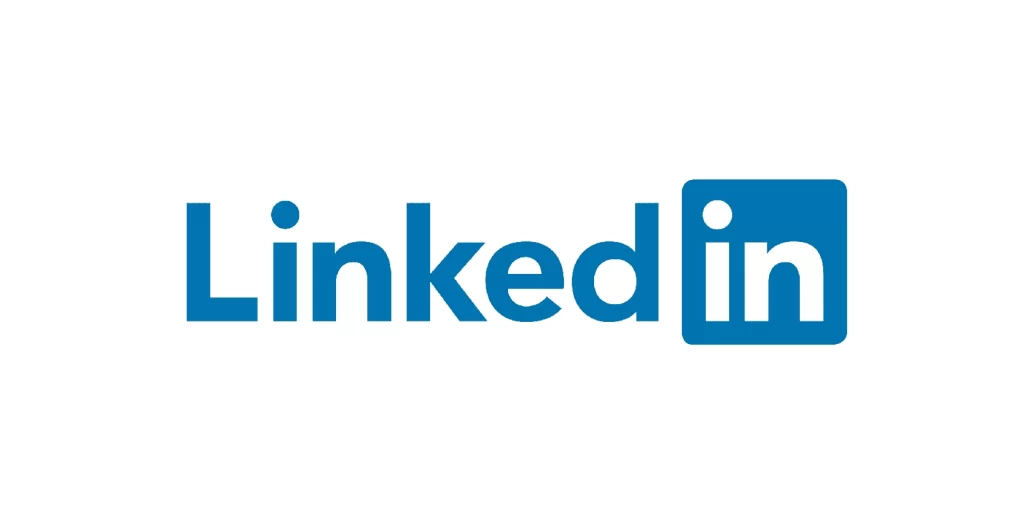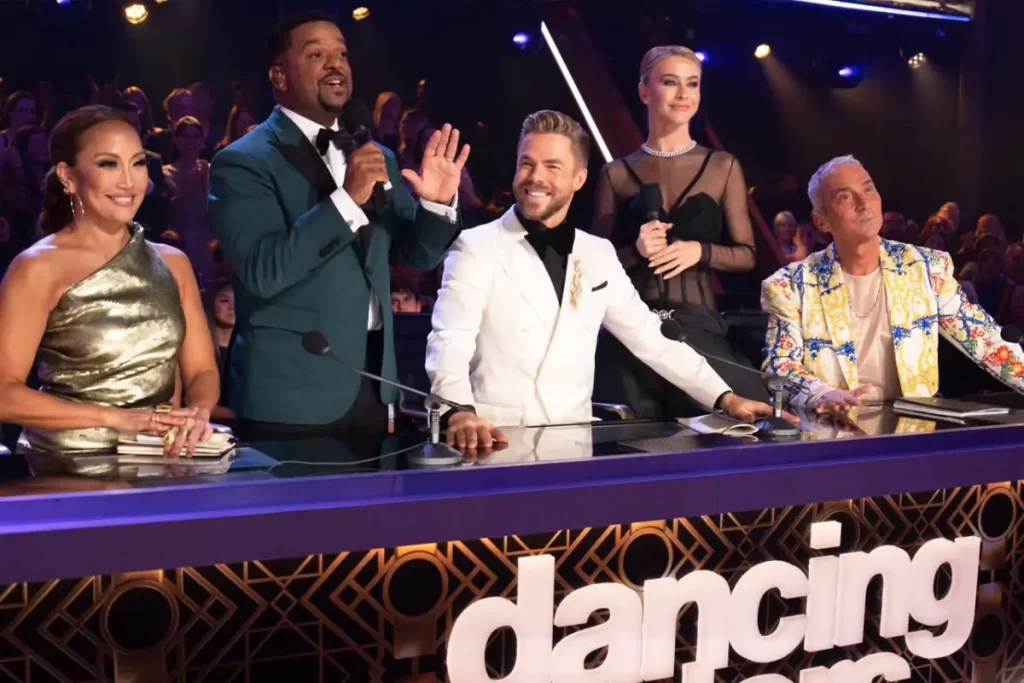Introduction
New York Fashion Week (NYFW) has always been more than just runway shows and new silhouettes. In 2025, it’s evolved into a masterclass in integrated marketing where every look, post, partnership, and activation is strategically crafted for global reach. Brands aren’t just showing clothes, they’re telling stories, activating a strong brand identity, using every tool in their arsenal to convert runway moments into viral campaigns.
Pre-Show Buzz
Before the models even step out, brands are hard at work building anticipation. This includes teasers, collaborations, and influencer previews to build hype. Having behind-the-scenes shots, mood boards, and “coming soon” content droppings across platforms makes a viral moment. Audiences crave early access—it builds a sense of exclusivity. In today’s digital world, influencer previews and invite-only events are a main factor for New York Fashion Week. Sending pieces or sketches to trusted creators, hosting small invite-only showings, or look-book previews, so social media begins buzzing days in advance.

The Live Show Effect
When the show goes live, this is where the planning meets performance. Brands now stream their shows through Instagram Live, TikTok, or YouTube, creating real-time experiences that audiences expect to witness in motion. The immediacy of these broadcasts makes the runway moment feel global and accessible, collapsing the barrier between front row and digital viewers.
At the same time, brands lean heavily on their owned media, such as websites, newsletters, and apps, to push curated content as the show unfolds. This strategy allows them to control the narrative, select the visuals they want associated with their collection, and maintain a polished brand voice while the buzz is at its peak.
Backstage access and interactive content also play a critical role. Viewers are drawn to the human side of fashion: makeup tutorials, stylist insights, and designer interviews. These glimpses behind the curtain make the production more relatable and authentic.
Post-Runway Leverage
Once the lights dim and the models exit, the real conversion work begins. Fashion houses immediately make runway looks shoppable through capsule collections and limited-edition drops. The urgency of “buy now” shopping drives both sales and cultural conversation, ensuring the energy of the runway translates into consumer action.

Cross-Platform Strategy
To reach a truly global audience, brands understand they cannot rely on a single platform. Instagram remains the home of high-end visuals, curated imagery, and storytelling through striking photography. TikTok thrives on virality, with short, behind-the-scenes clips and challenges spreading at lightning speed. YouTube gives space for depth, offering longer recaps, designer interviews, and storytelling around craftsmanship. Live shopping on TikTok or Instagram has also taken off, turning the runway into a direct sales channel where viewers can purchase pieces in real time.
Another key shift in 2025 is the rise of micro- and nano-influencers. These smaller creators often drive stronger engagement and authenticity than big-name celebrities. While star power still matters, the blend of voices has tilted toward niche creators who bring credibility and community trust.
Takeaway for Marketers: Replicating the Runway-to-Market Funnel
Even outside the fashion industry, marketers can borrow valuable lessons from NYFW. The first is to create anticipation early, building teasers, leveraging influencers, and crafting a timeline that builds toward a peak moment. Once the campaign is live, it’s important to make the event visible in real time and offer behind-the-scenes access to control the message and humanize the brand.
Equally critical is extending the lifecycle of content. Don’t let your assets die with the launch—repurpose them into blogs, shorts, stories, or campaigns that carry momentum forward. Leveraging authentic voices, especially niche creators or insiders, adds credibility in ways polished celebrity campaigns sometimes lack. Marketers should also simplify the consumer path to purchase with shoppable posts and drops, while using analytics and AI tools to measure, forecast, and adjust strategies mid-campaign.
Current Trends From NYFW 2025 to Watch
The Fall 2025 season has surfaced trends that signal where consumer taste and marketing are headed. Comfort and Americana classics are dominating runways, with brands like Ralph Lauren, Michael Kors, and Calvin Klein emphasizing relaxed tailoring, minimalism, and practicality. Preppy menswear is resurging as well, with Ivy League-inspired looks taking on modern twists that feel timeless rather than flashy.
AI has become deeply integrated into creative production and shopping experiences, from virtual stylists and AI-generated backdrops to conversational assistants that help consumers find their style. Luxury houses are embracing these tools not just behind the scenes but in consumer-facing activations. Finally, immersive pop-ups are transforming NYFW into a playground of experiences. Beauty giants like Olay, for example, collaborated with Byrdie on a “Super Skin Suite” activation, merging product trial, digital storytelling, and real-world engagement into one cohesive experience.
Conclusion
NYFW in 2025 isn’t just a fashion event, it’s a full-on media moment, engineered to scale. From pre-show buzz to post-runway leverage, from celebrity glamour to AI-driven backstage filters, every piece is part of a larger campaign machine.
For marketers outside fashion: the runway provides a model for launching anything with maximum visibility. The key is combining anticipation, live engagement, versatile content, authenticity, and quick paths to purchase. Nail those, and you turn a moment into a movement.




